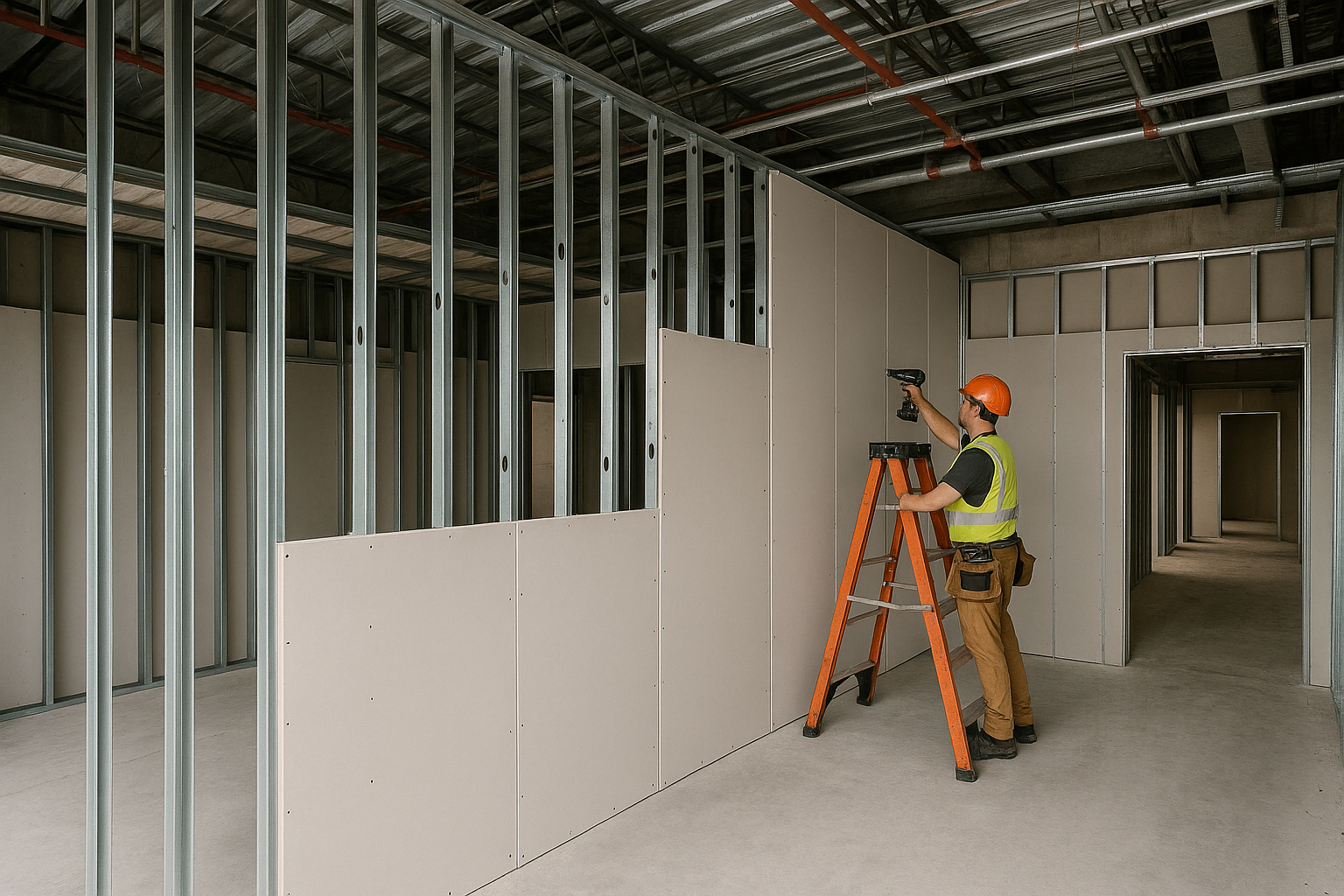
Floor-to-floor height is one of the most influential—yet frequently underestimated—factors in drywall quantity estimation. While two buildings may have identical square footage, their vertical dimensions can create dramatic differences in both material and labor requirements. For architects, engineers, and general contractors, understanding how floor heights affect scope and cost is essential for producing accurate, risk-adjusted estimates from early design through to execution.
When estimating drywall quantities, most systems default to length and height to calculate surface area. However, buildings with increased floor-to-floor height introduce complexities beyond the basic math:
Too often, estimators rely on default wall heights (e.g., 9', 10', 12') that don't reflect architectural intent or slab-to-slab measurements. This shortcut can result in:
To improve drywall quantity forecasting, especially on multi-level projects, apply the following strategies:
Platforms like Active Estimating give project teams the ability to link model-driven height data to takeoff logic automatically. This eliminates guesswork, prevents flat rate errors, and enables quantity recalibration as floor-to-floor heights evolve in design iterations.
Using a drywall estimating software that recognizes and segments wall data by height zone allows for:
Floor-to-floor height isn’t just a design dimension—it’s a cost multiplier. Accurate drywall estimation must account for how increased vertical space affects material logistics, crew productivity, and compliance needs. With tools like Active Estimating, estimators can automatically align height data to quantity logic, turning a common blind spot into a measurable advantage in every bid.
Schedule a personalized demo to see how Active Estimating can work for your specific needs.
